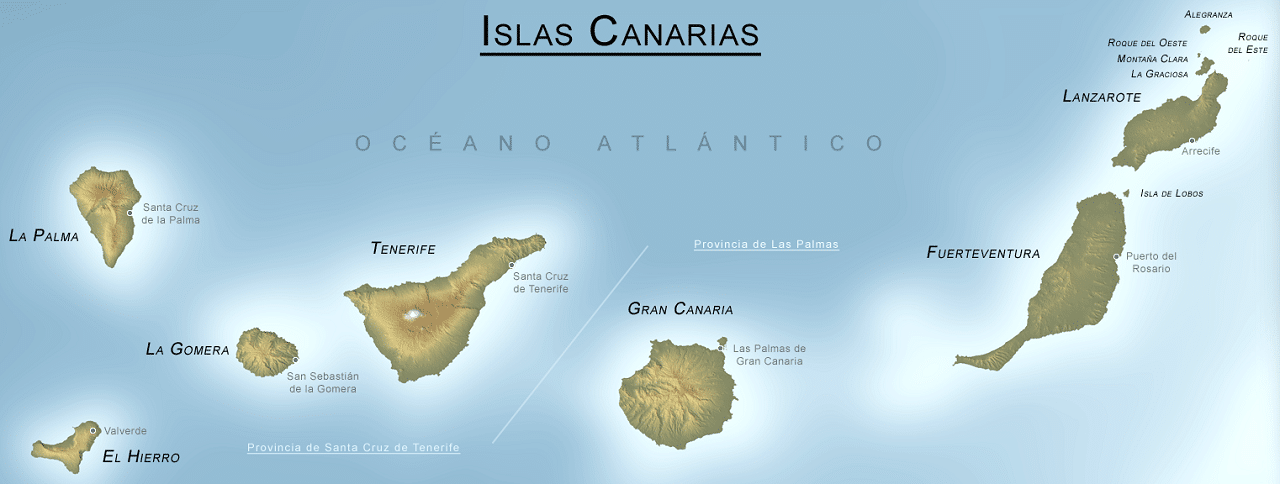
All the canary legends They tell us of past times in which powerful Guanche leaders lived on the islands, of love stories with a tragic ending and even of mythical creatures and sightings of unidentified flying objects.
The Canary Islands have always been a territory rich in traditional and legendary stories. We can find them on any of its islands, from Tenerife to Lanzarote (here we leave you an article about what to see in it) and from La Palma but also El Hierro. They are stories that have been passed from generation to generation without losing validity and that have also contributed to forging the character of its people. There are many Canarian legends that we could tell you, but we will try to focus on the most famous ones. If you want to know them, we invite you to continue reading.
Canarian legends, from Guanche myths to the present
We will begin our review of the Canarian legends located in the times of the ancient inhabitants of the islands to finish in another that is still fully current. In this case, we are talking about the island of San Borondón.
Tanausú, the brave leader of La Palma
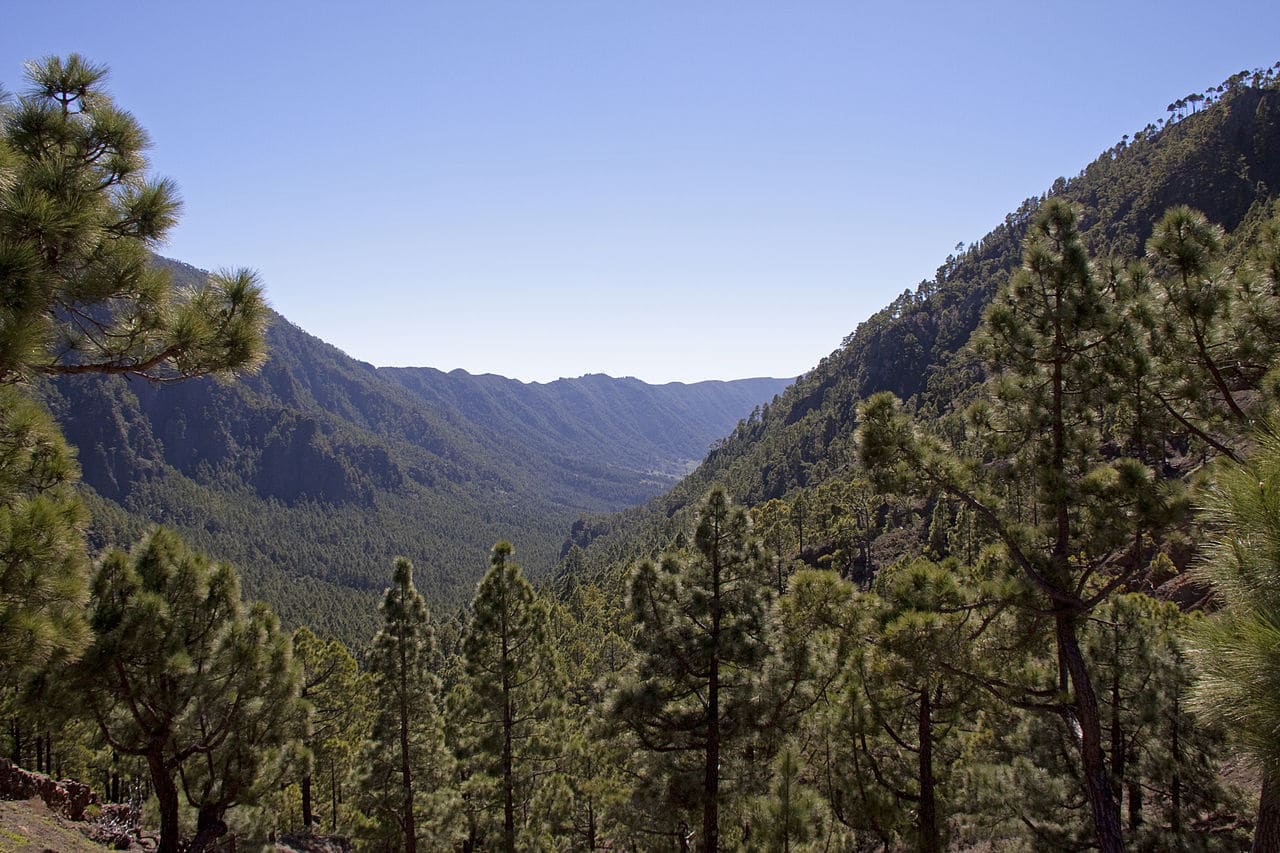
Caldera de taburiente
The conquest of La Palma for the Spanish crown occurred in 1492. During the month of September, he landed on the island Alonso Fernandez de Lugo with his troops. He did not meet much resistance until he had to face the inhabitants of Steel, town located in the caldera de Taburiente.
His leader was Tanausu, who, along with his people, repulsed the peninsular with stones and arrows. Since they had no way of defeating him, they devised a trap. Fernández de Lugo convinced him to meet him and sign a peace agreement.
However, upon arrival the leader was captured and taken to the Peninsula as a trophy of his conquest. However, Tanausú refused to eat. Just said «Vacaguaré», which means I wish to die. This happened and his remains were buried in the sea.
However, the legend says that, after his death, the warrior's soul returned to his land and was fossilized in his own Caldera de Taburiente, where he had reigned. Locals say that the silhouette of this volcano recreates the image of the brave Tanausú.
Garajonay, a favorite place for Canarian legends
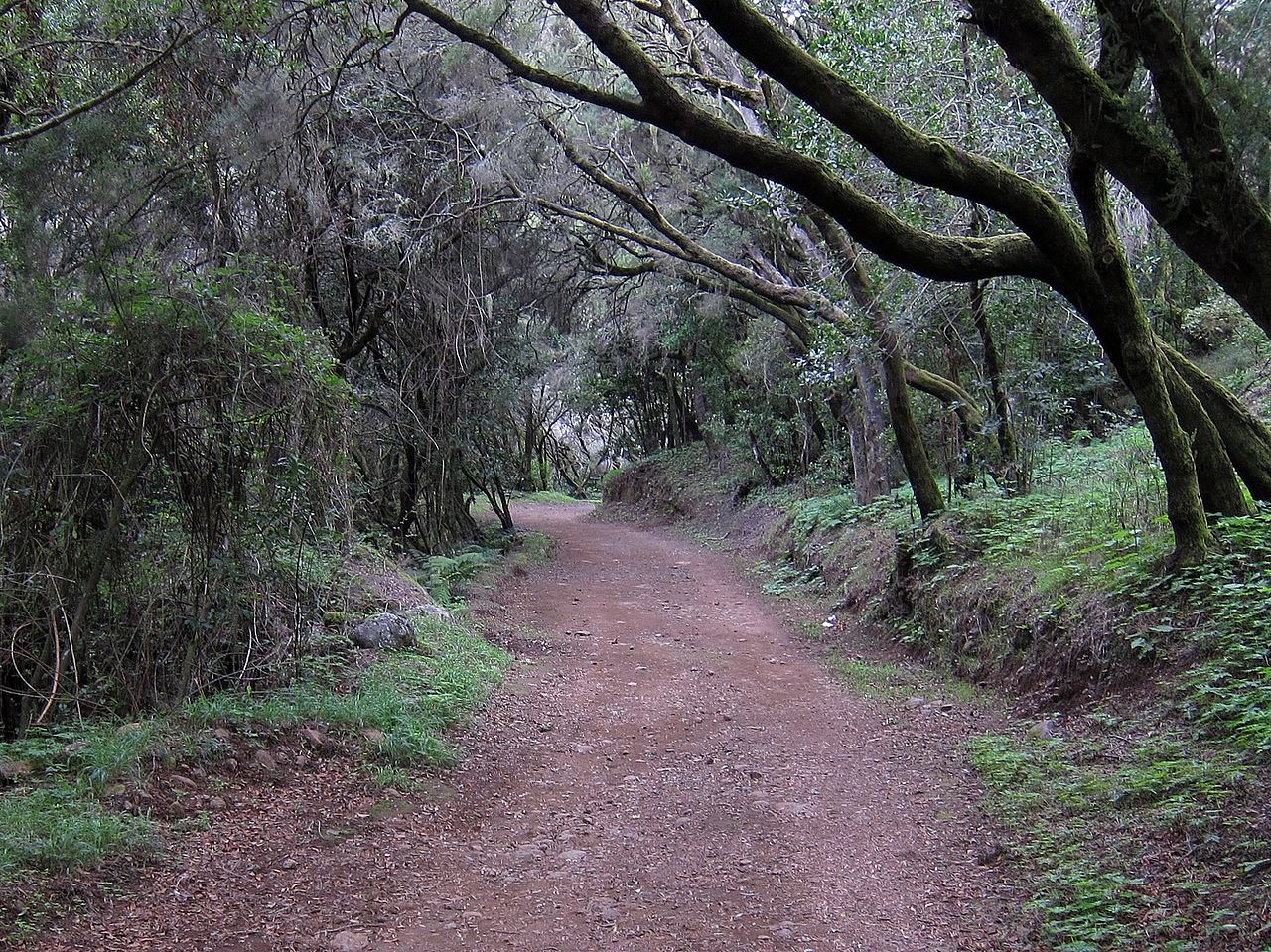
Garajonay park
El Garajonay national park occupies a large part of the island of La Gomera. It includes beautiful laurel forests and a privileged vegetation that have led to it being declared Heritage. Perhaps for this reason, it is a propitious place for Canarian legends. There are a few that take it as a scenario, but we will tell you the one that speaks of a kind of Romeo and Juliet islanders that have given the park its name.
Race was the princess of La Gomera, while jonay he was prince of Tenerife. They both fell in love during a visit from the mencey (or king) of Adeje, of whom the young man was the son. They returned to their land, but Jonay could not forget the beautiful aristocrat.
So he crossed the sea using floats made of swollen goatskin skins to ask for her hand. Although the young woman was attracted to him, she had to reject him because the volcano echeyde began to expel fire. Keep in mind that Gara was the princess of Agulo or "of water" and her priests decreed that a love between water and fire could not be given.
For this reason, Gara and Jonay fled to the forests where, desperate before their pursuers, they committed suicide in a romantic way. They took a cedar stick, sharpened it on both sides and, placing it at the height of their hearts, they embraced while nailing it. Therefore, a last hug united them forever in what is now Garajonay Park.
Ferinto's scream
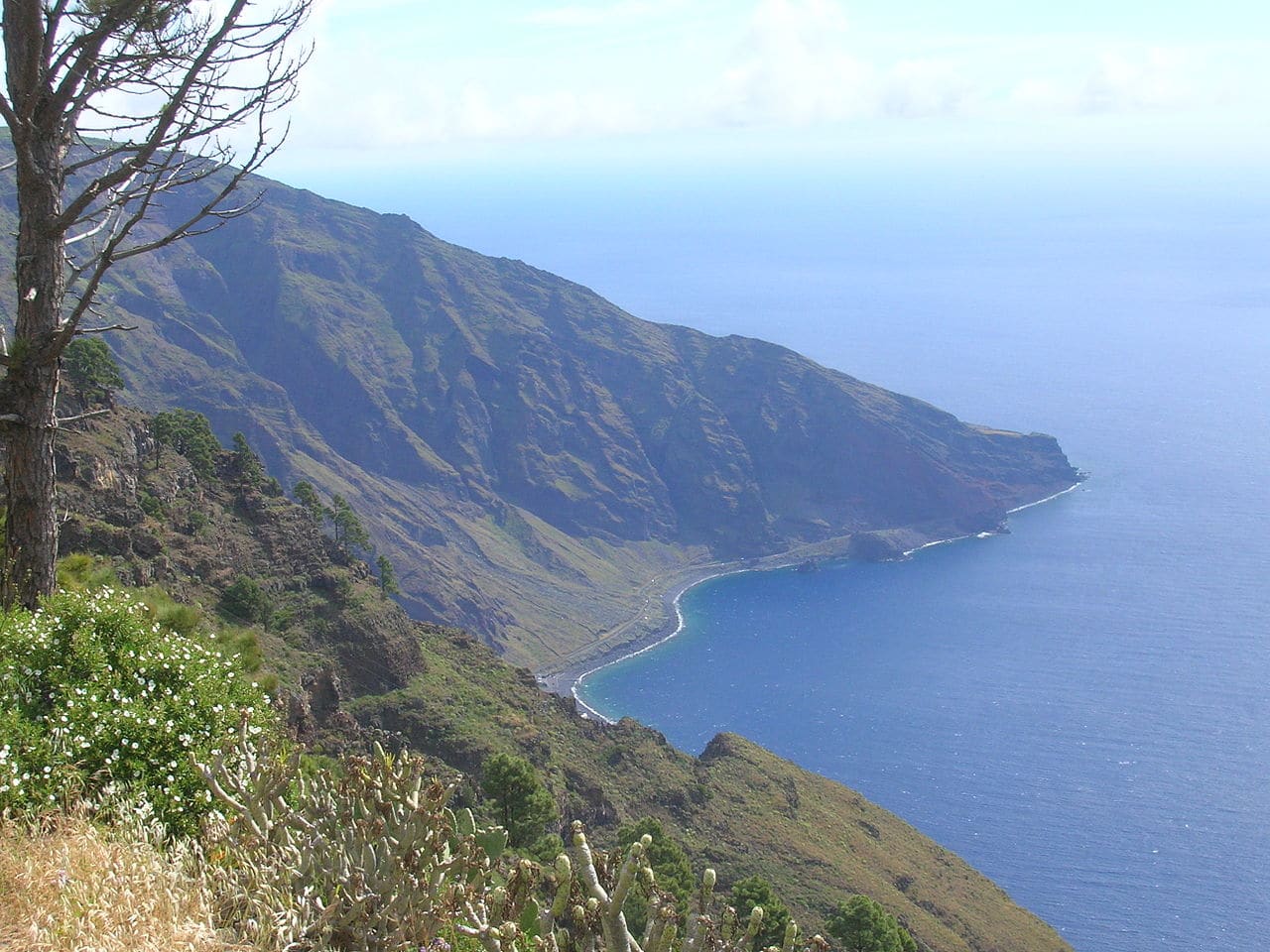
Island of El Hierro
This Canarian legend takes us to the times when the peninsular tried to take over the island of Hierro. The natives, known as bimbaches, they put up a stubborn resistance.
A mighty warrior named Ferinth. He soon became the leader of a group that caused many headaches for the colonizers, in turn led by John of Bethencourt. Their great advantage was that they knew the roads and mountains of El Hierro like the back of their hand.
But, as has happened so many times, Ferinto was betrayed by one of his own. Thanks to the denunciation, the warrior was surrounded and tried to flee until he reached a deep ravine. Faced with the prospect of being arrested, he preferred commit suicide and jumped into the void uttering such a powerful cry that was heard all over the island. Even his own mother heard him and thus knew that he had died.
The curse of Laurinaga or why Fuerteventura is arid
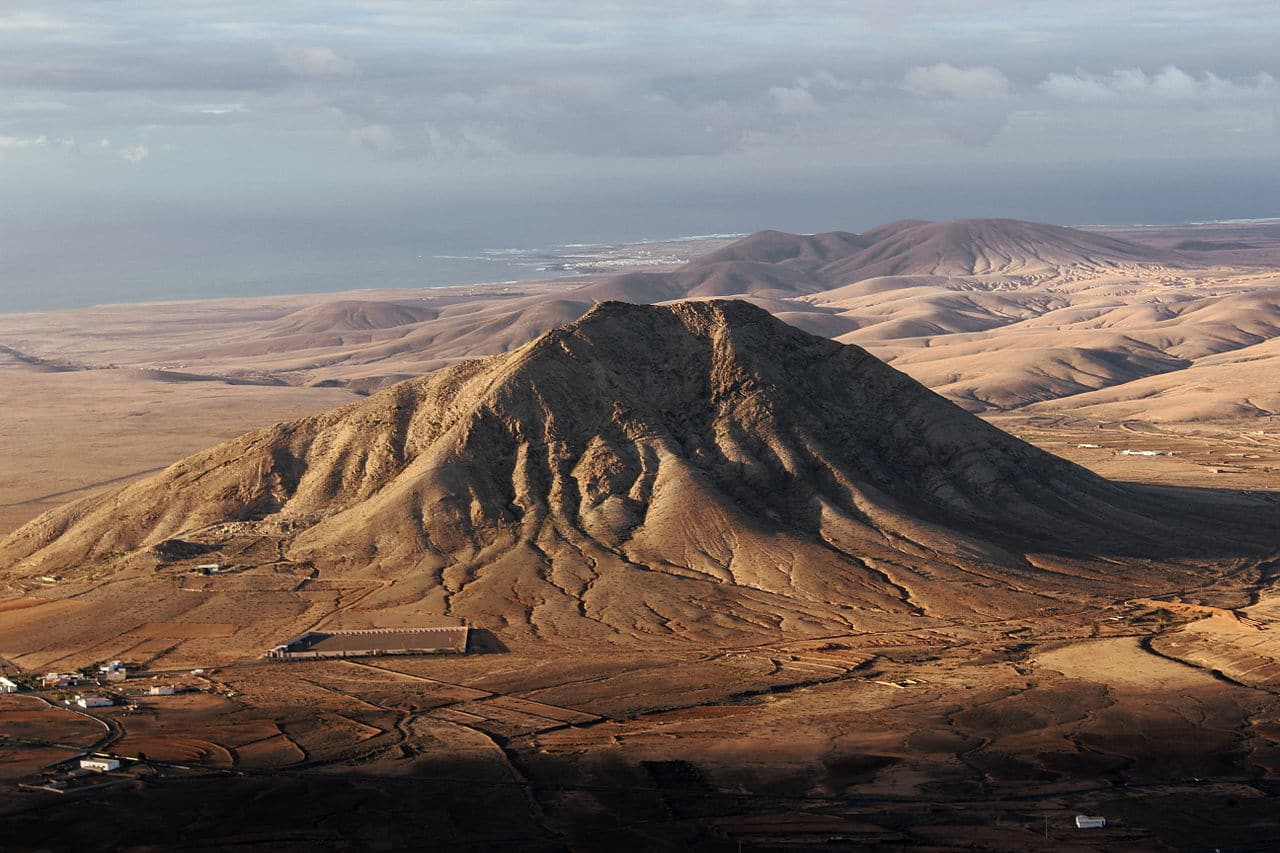
The arid Fuerteventura
The Island Fuerteventura is, together with its neighbor Lanzarote, the driest of the Canary Islands. According to mythology, this has a legendary explanation with some Greek tragedy.
After the arrival of the peninsulars, Mr. Pedro Fernández de Saavedra he became lord of Fuerteventura. He had a relationship with a native named laurinaga of which a child was born. However, as was frequent then, the aristocrat married a woman of his noble status with whom, in turn, he had several offspring.
While they were hunting, one of them named Luis tried to rape a girl. But a peasant who was nearby prevented it. Then, Don Pedro killed him to protect his son. Then an old woman arrived who said she was the farmer's mother. But, not only that, this woman told Don Pedro that she was Laurinaga and that the young man she had just killed was his own son, the one they both had at the beginning of this story.
Furthermore, Laurinaga cast a curse on the island as a result of which Fuerteventura became desert.
The devil of Timanfaya, Canarian legend about aloe vera
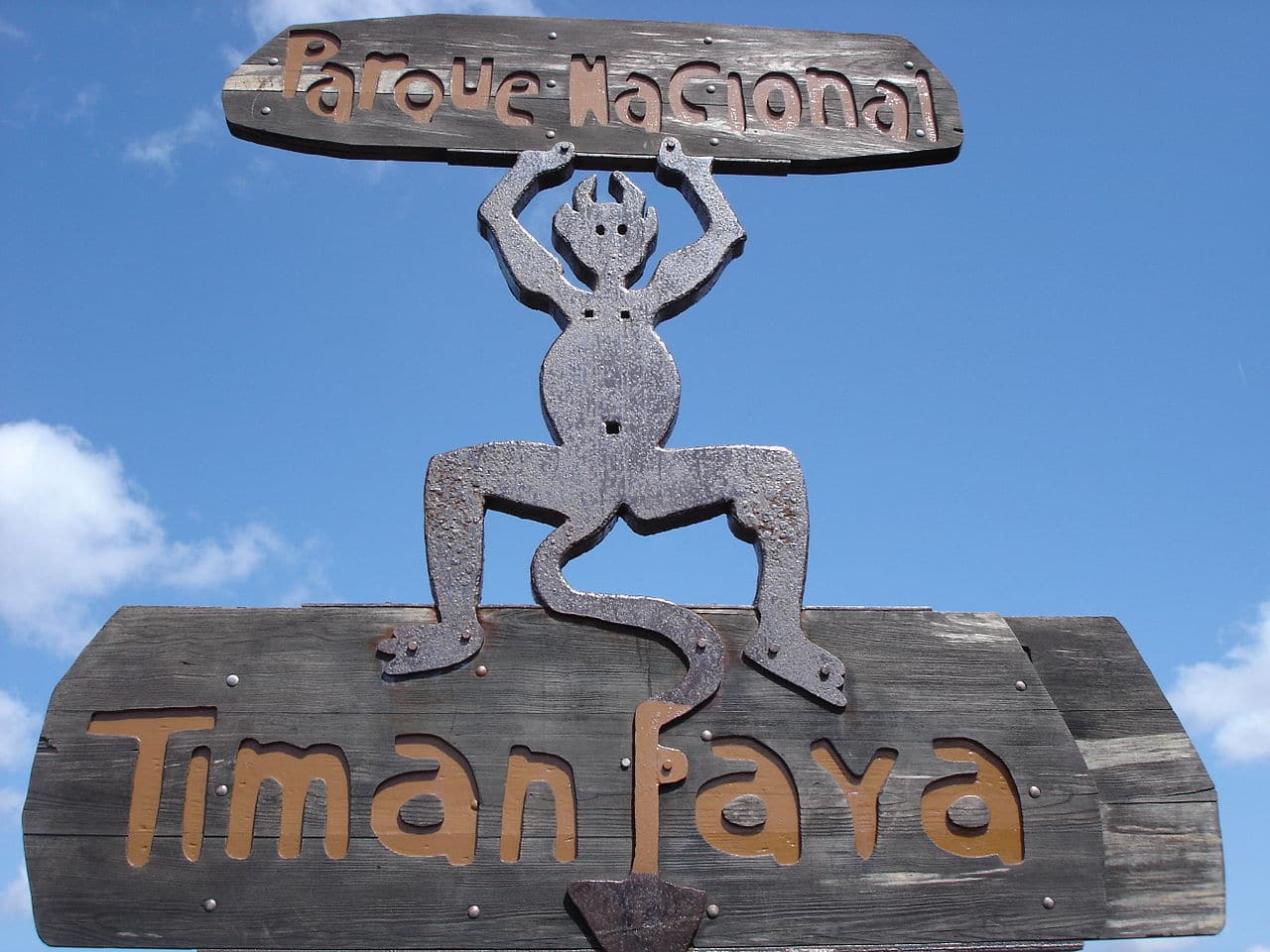
Devil of Timanfaya
How could it be otherwise, the volcanic nature of the Canaries has given rise to many legends related to both the eruptions and the capricious rock formations that the former have produced.
One of them has to do with the Timanfaya volcano, riding a Lanzarote. One of its most brutal eruptions took place on September 1730, XNUMX, engulfing a quarter of the island. Unfortunately, a wedding was held that day near the volcano.
A huge rock imprisoned the body of Edge, girlfriend. Despite the enormous efforts of Aloe, the groom, his beloved died. Then, this one started running maddened and armed with a five-pointed forca in the direction of Timanfaya until it disappeared engulfed by the volcano. As a reminder of that tragic event, a beneficial plant grows in the national park created around Timanfaya, precisely to heal burns: the aloe vera.
On the other hand, the figure known as the Timanfaya devil which is currently the image of the park is due to the young Aloe. But not because of his bad behavior, but because the wedding guests, seeing his image reflected in the incandescence of the lava and also his misfortune, sentenced "poor devil!".
San Borondón Island, the most popular Canarian legend
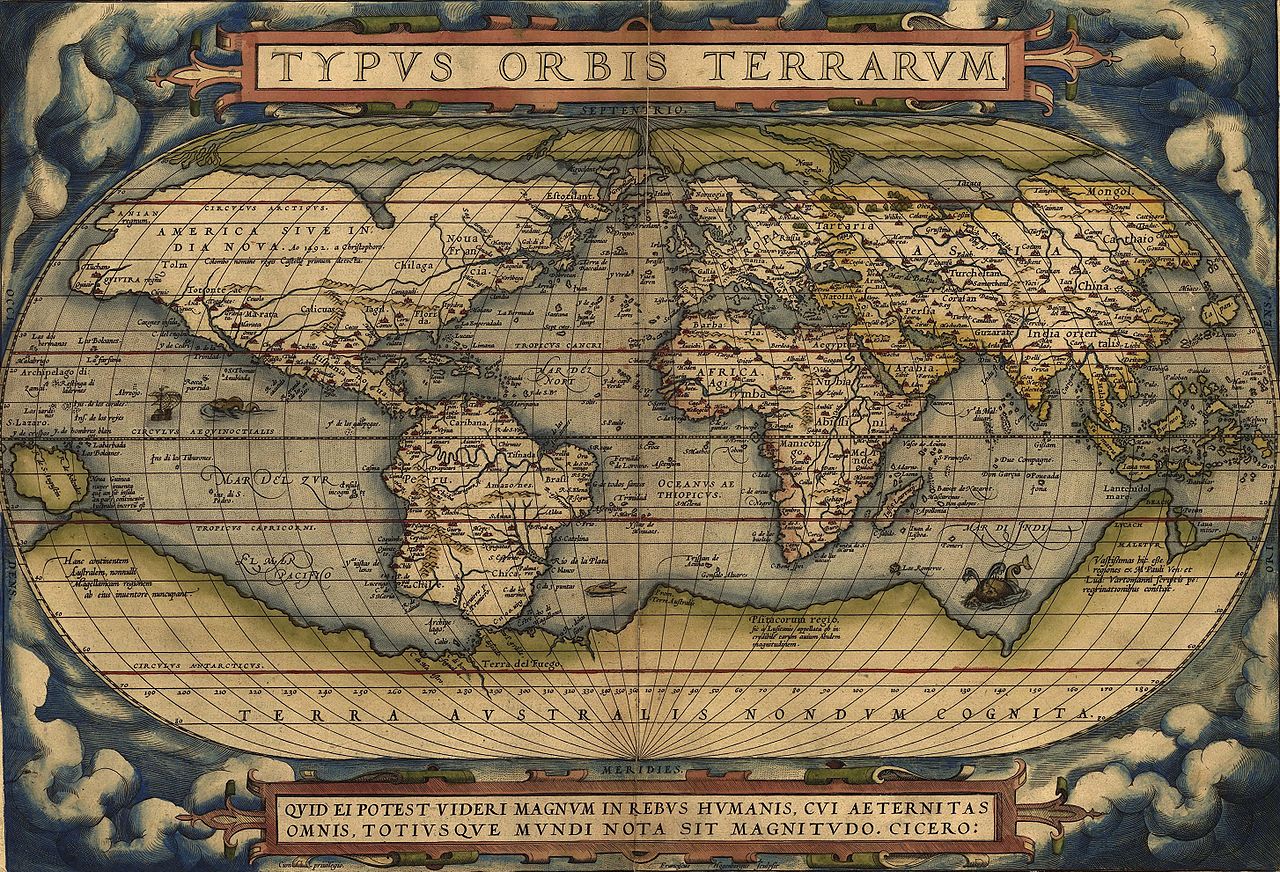
Renaissance world map showing the island of San Borondón
We have left for the end of our journey through the Canarian legends the one whose protagonist is the ghost island of San Borondón, for being, perhaps, the most popular of them all.
It is also known for "loss" y "The enchanted". Because it is an island that appears and disappears. Sometimes it barely allows a glimpse of its silhouette on the horizon. However, the first testimonies of its existence date from Medieval, when the Castilian cartographers already mentioned it.
Furthermore, in 1479 the monarchies of Spain and Portugal signed the Treaty of Alcáçovas, through which the waters and lands of the Atlantic Ocean were distributed. In this document, it was already clearly specified that San Borondón belonged to the Canary archipelago.
According to cartographers of the time, the island would be found within the triangle formed by La Palma (here you have an article about this), El Hierro and La Gomera. And the most curious thing is that it would not be nothing small. It would be almost five hundred kilometers long and about a hundred and fifty-five wide.
There has even been talk of its conformation. It would be concave in its central part, while, on the sides, two considerable mountains would rise. In fact, over the centuries several expeditions have been made to find it. Among them, that of Ferdinand of Viseu, already in the fifteenth century, that of Hernan Perez de Grado or of Gaspar Dominguez.
However, no one has found the island of San Borondón. The most recent testimonies of its sighting occurred in the middle of the 1958th century. In XNUMX, the daily ABC announced that she had been photographed for the first time.
In conclusion, we have shown you some of the most popular and interesting canary legends. However, we have still left some in the pipeline. For example, that of the princess tenesoya from Gran Canaria, kidnapped by the Castilians and forced to marry a peninsular nobleman; that of the Anaga witches, who organized covens among the sacred dragon trees, or that of the violet of the peaks, which is born every spring in the Roque de los Muchachos as a reminder of a tragic love story. Don't you think stories full of lyricism and imagination?